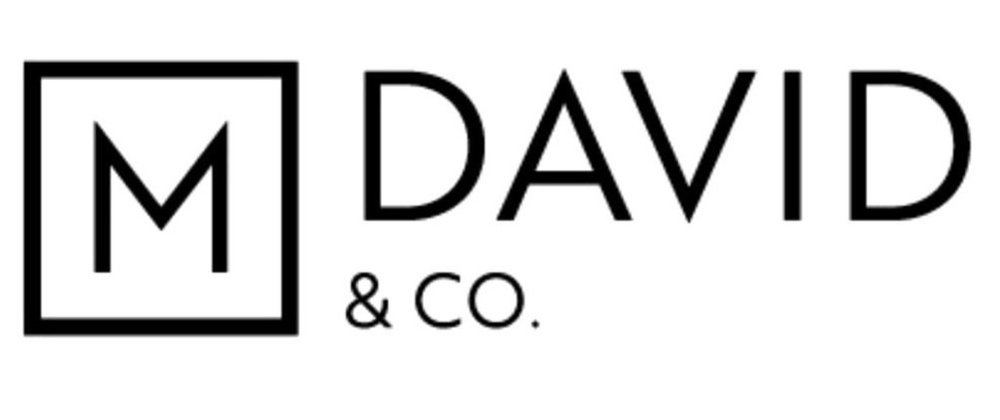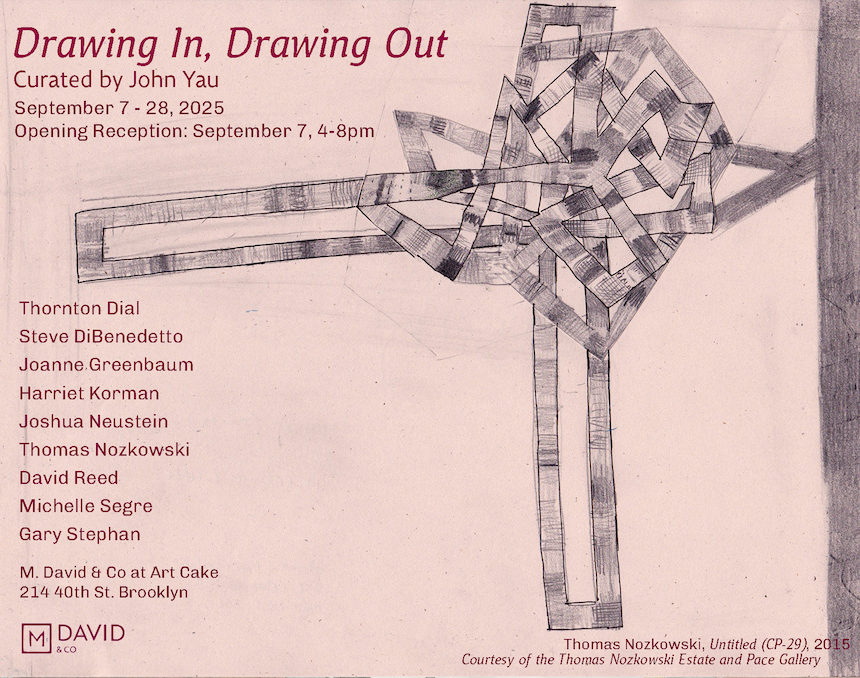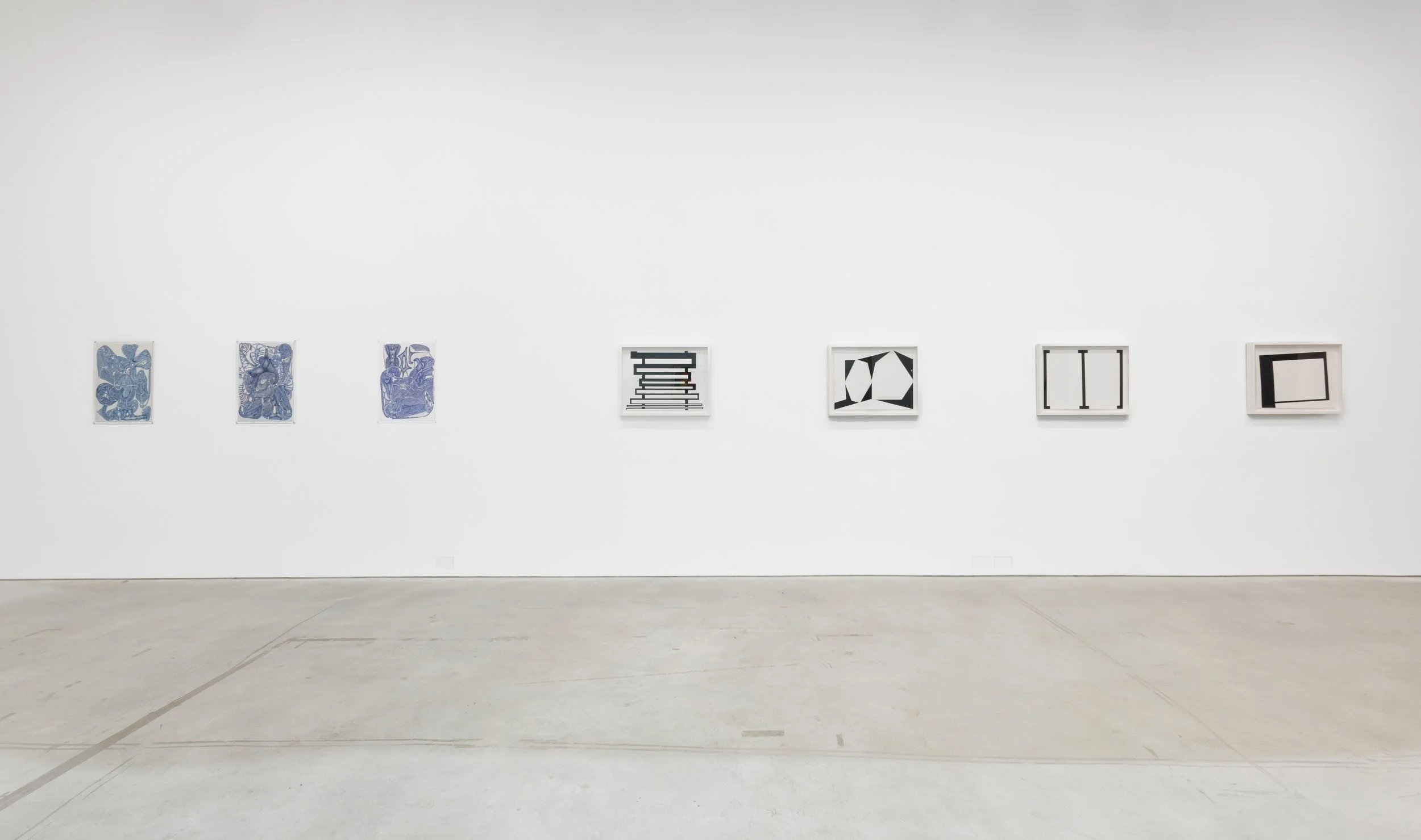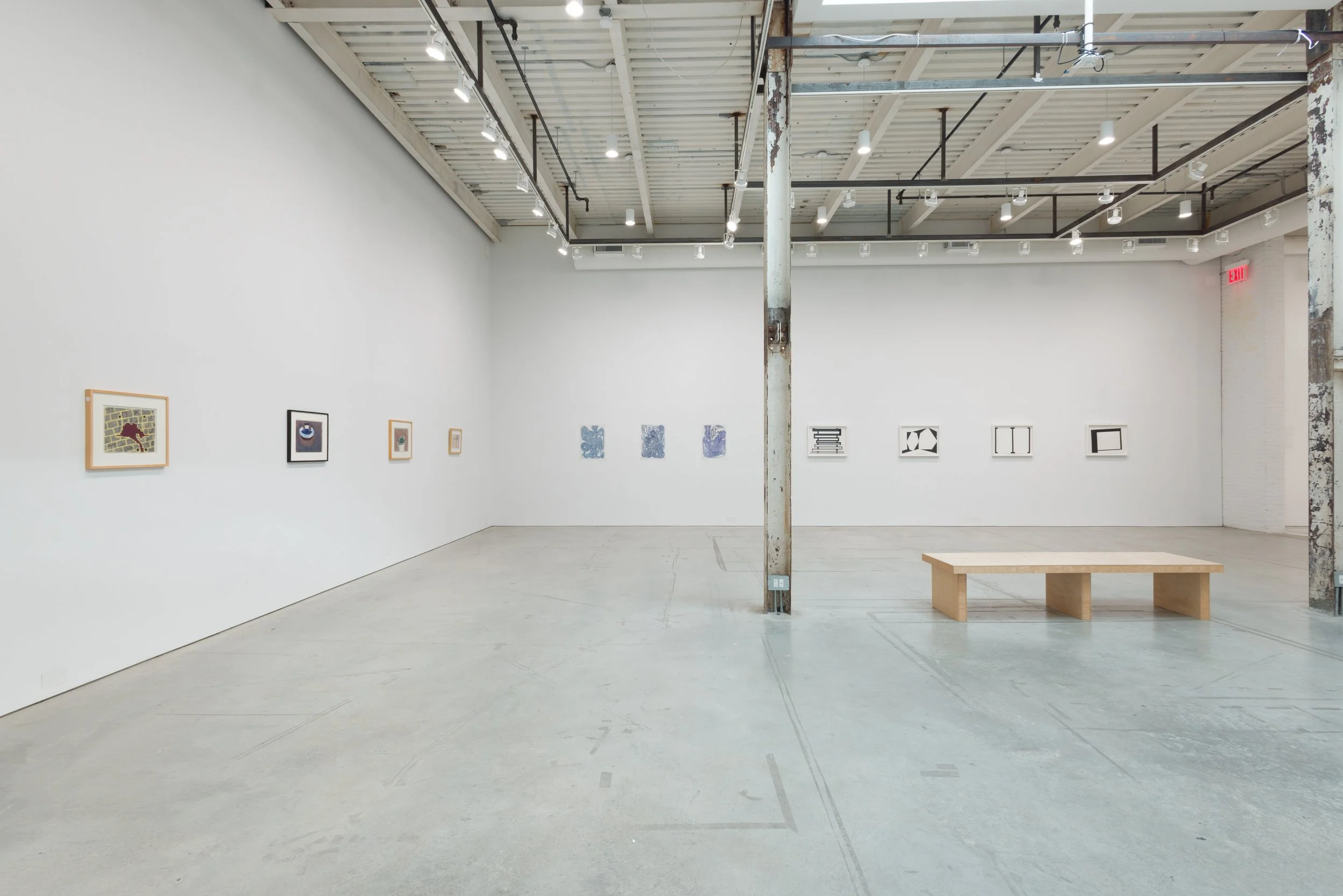Drawing in, drawing out
Curated by John Yau at Art Cake
Presented by M. David & Co.
Friday / Saturday, 1 - 6 pm and by appointment
September 7 – September 28, 2025
214 40th Street, Brooklyn, NY 11232
Opening Reception:
September 7, 2025, 4-8pm
M. David & Co is pleased to present Drawing In, Drawing Out, a group exhibition of works by Thornton Dial, Steve DiBenedetto, Joanne Greenbaum, Harriet Korman, Joshua Neustein , Thomas Nozkowski, Michelle Segre, and Gary Stephan.
Drawing In, Drawing Out
Essay by John Yau
In the late 1970s, shortly after I began writing reviews for Art in America, I met Paul Cummings, who was the adjunct drawing curator at the Whitney Museum of American Art and the publisher of Catchword Papers, which brought out poetry books by Gregory Corso, Allen Ginsberg, and Ron Padgett. He decided to be my mentor, which I gladly accepted.
We soon established a ritual. We would meet on Saturdays, either in Soho or on 57th street, and go to galleries to look at drawings by artists Paul had written on a list. This meant being ushered into the backroom by a bored, young gallery attendant and given access to the flat files. No one ever talked to us once we started looking at the drawings, many of which had never been unwrapped until Paul asked to see them. This is how I learned about the drawings of Richard Artschwager, Paul Cadmus, Bruce Conner, Jim Nutt, and A. R. Penck, among others.
He got me to write for Drawing, a journal he started in 1979, and which no longer exists.
After we made the rounds, we had lunch, either at Larres, a French restaurant on 56th street that Frank O’Hara mentioned in his poems, or at The Century Club, where he pointed out who everyone was, and said something about them, inflected by his boyish grin.
Cheerful and serious, Cummings talked passionately about drawing, poetry, and wine during our long, unhurried lunches. “Don’t drink any merlot or cabernet sauvignon if it’s mixed”). At one of these lunches, I asked him why he devoted all his attention to drawings? His succinct, unhesitating answer has stayed with me nearly half-a-century: “You cannot lie in drawing. You can lie in painting and sculpture, but not in drawing.”
Whenever I look at drawings, Paul’s comment makes an appearance.
*
I remember a drawing by Pablo Picasso of the writer and ethnographer Michel Leiris and Louise Godon, the stepdaughter of Picasso's art dealer Daniel-Henry Kahnweiler. They were having a picnic. The drawing was done on a large piece of gray laundry cardboard, which he divided into a grid. In each rectangle, Picasso made a quick, largely abstract, red line drawing of the couple until the entire grid was filled. I saw this drawing at the Pompidou and knew that I would never see it in a show in America.
American museums seldom do exhibitions of drawings. When they do, they are often small and hidden in an out-of-the-way part of the museum. Once, at the Los Angeles County Museum, no one could tell me where I had to go to see a show of lithographs and works on paper by Matsumi “Mike” Kanemitsu, who was friends with Jackson Pollock and Norman Bluhm. Frank O’Hara wrote about him in “Personal poem,” and he was in one of the 14 Americans at the Museum of Modern Art. Finally, after lots of false leads, including being told to look for it in the Japanese Pavilion, I found his work in a small gallery in the part of the museum devoted to period furniture.
Museum directors and curators want blockbusters. They forget that a company by that name went out of business when the product they rented became obsolete.
Drawing never became obsolete. Even when painting was declared dead, conceptual artists said it was necessary to draw lines on a wall. One of them made it part of his practice to write careful instructions detailing what to do to make a pencil drawing on a chosen surface.
*
Speaking on another matter, Mae West said, you can use what’s lying around the house.
This is a partial list of what these artists found in their house: black and white tape (Gary Stephan), thread (Michelle Segre), ballpoint pen (Joanne Greenbaum and Thomas Nozkowski), crayon (Harriet Korman), colored pencil and pencil (Steve DiBenedetto and Thornton Dial), graph paper and reproductions (David Reed), layered sheets of carbon paper (Joshua Neustein).
*
You don’t need a patron, an assistant, or a yacht, to make a drawing.
If you get bored making a drawing, you are no fun to play with and won’t be happy here. Pleasure is not your thing.
About these drawings, you cannot say: I like your style. What great detail. Wow, it’s beautiful.
*
There are no liars here.
Every drawing in this exhibition is perfect.
Images: Andrew Schwartz














